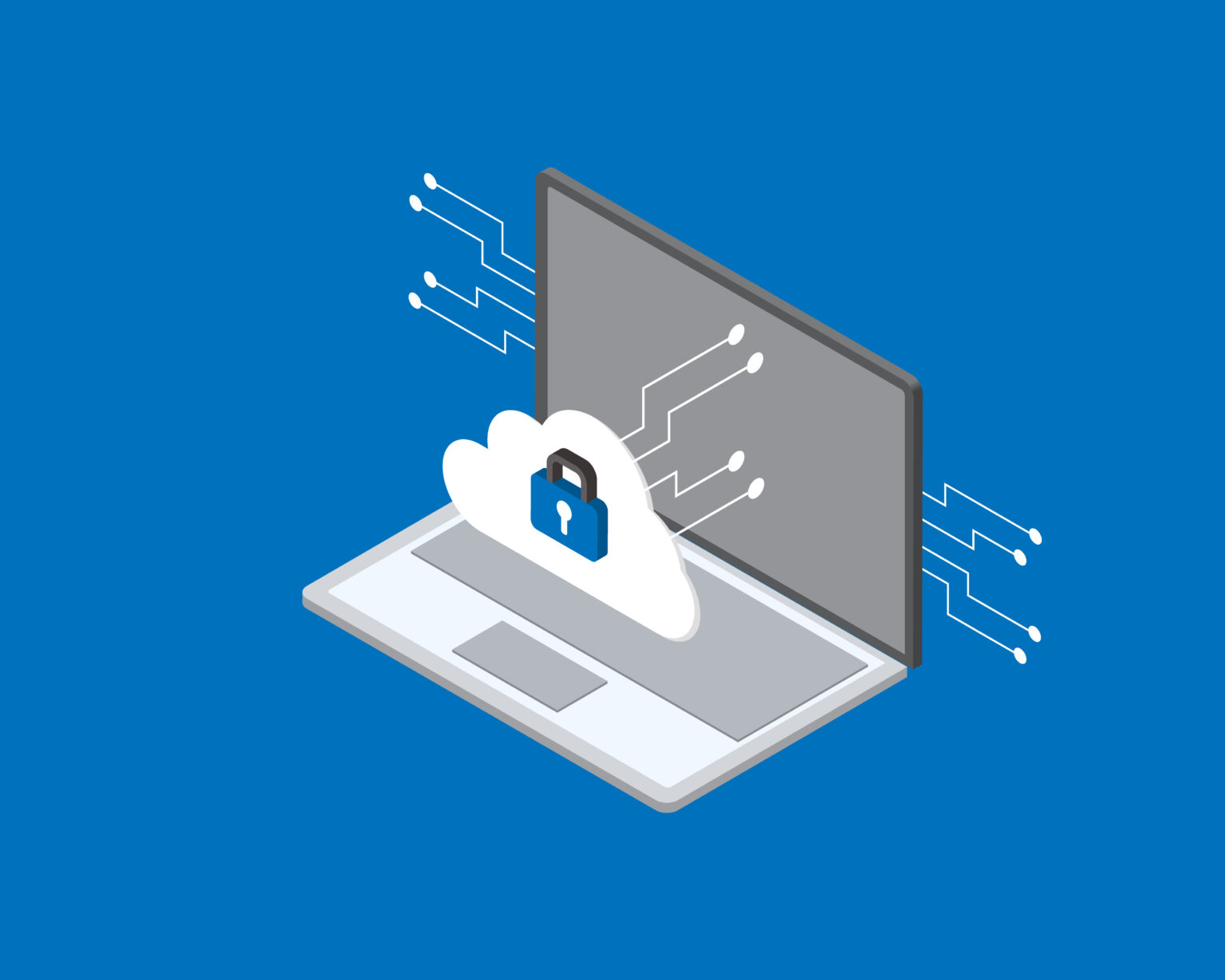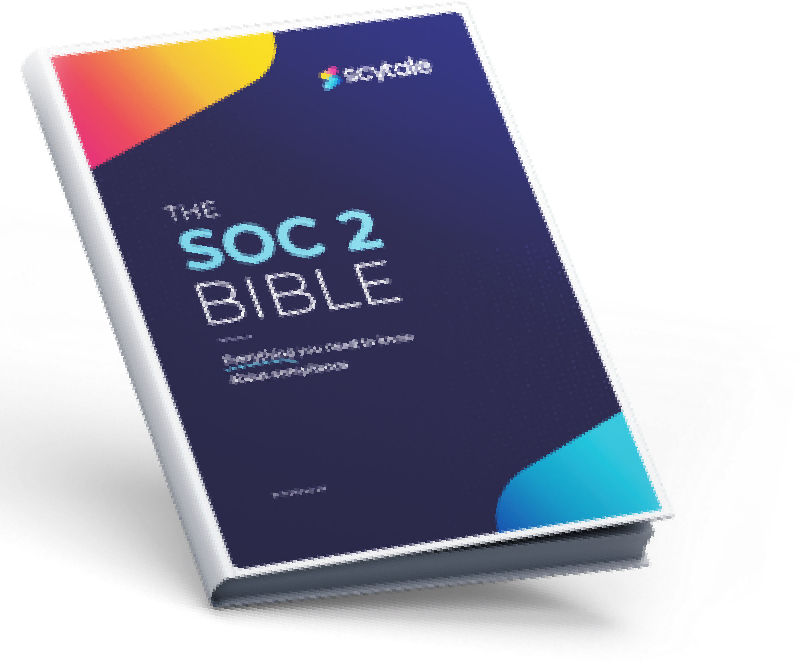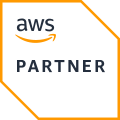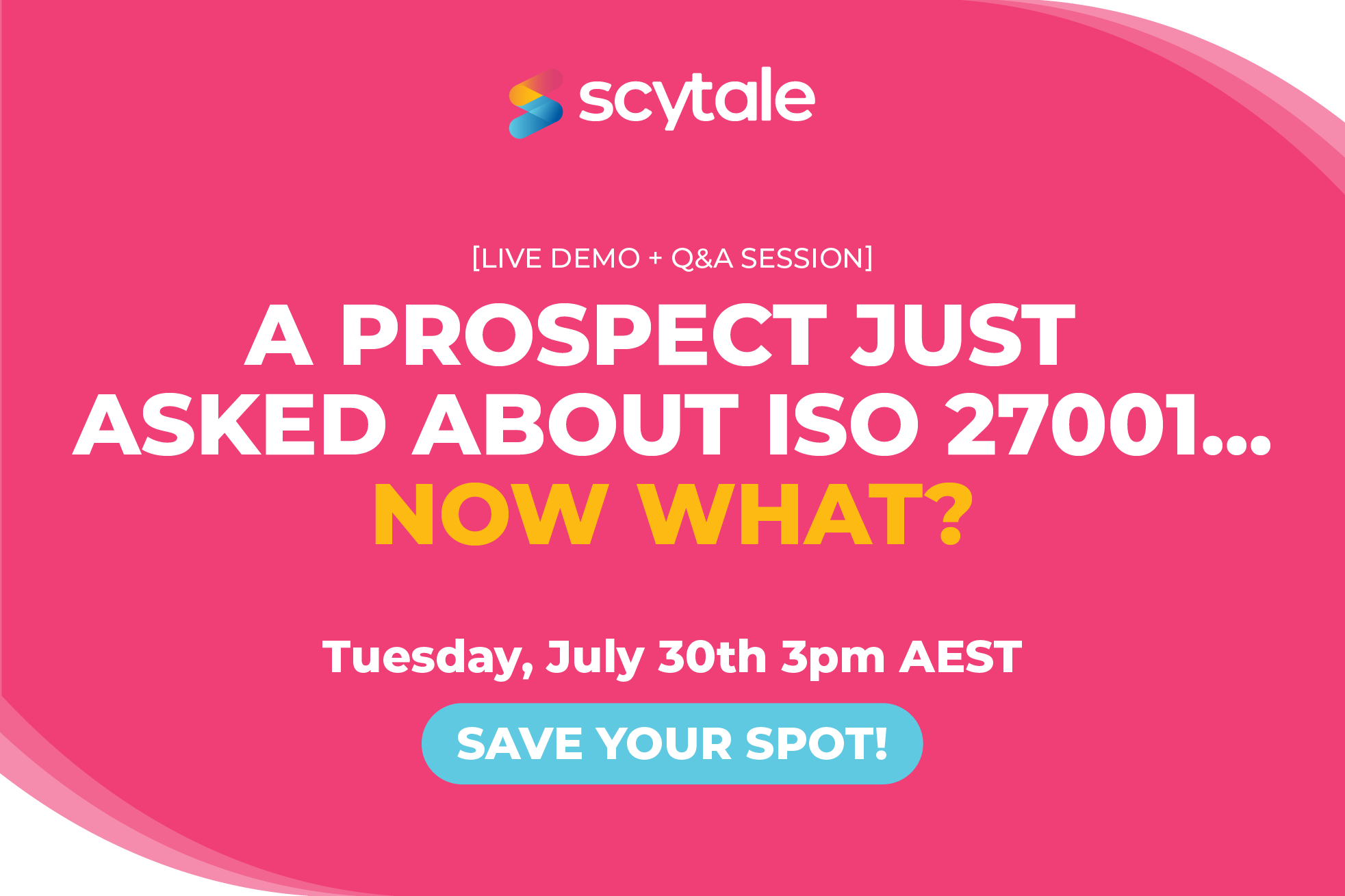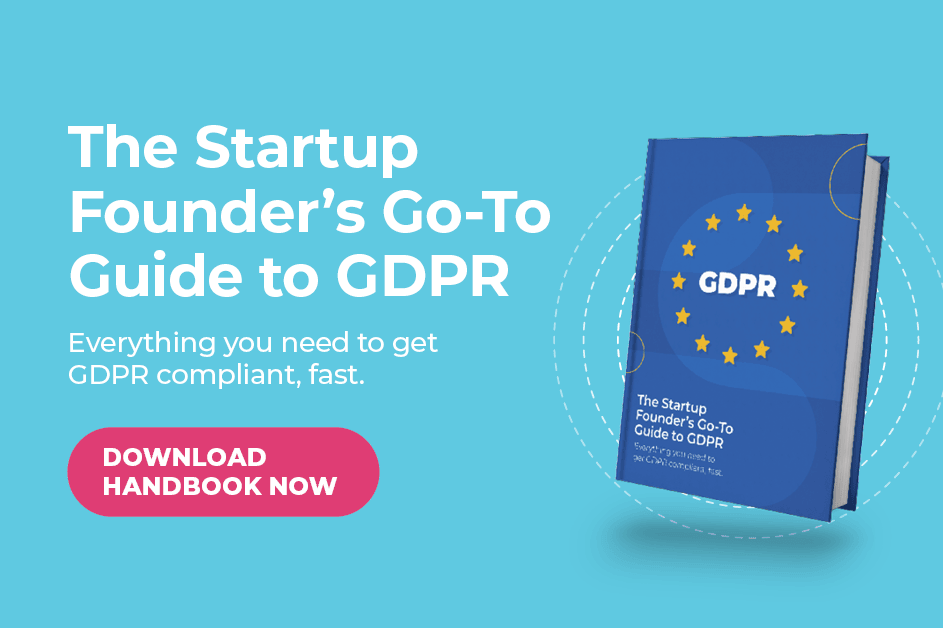Today’s information security climate demands consistent and accurate security and reporting frameworks to ensure that your organization isn’t under any security or data breach threats. Not only are service organizations competing against security risks, but with each other, as every organization wants to leverage the advantages of the right competitive security or reporting framework.
Each security framework includes industry-specific standards and choosing the right security framework for your organization can seem like a big ask, especially if you’re not 100% confident in your knowledge of the intricacies and requirements of each one. For SaaS companies that have operations in the US, SOC 2 compliance is often the preferred choice. However, what happens if an organization wants to undergo other compliance frameworks in addition to SOC 2? This often occurs, and organizations are implementing the benefits of multiple other frameworks on top of their SOC 2 compliance. But how does one do that effectively using today’s automation technology?
In most cases, less isn’t more. In this blog, we’re going to discuss SOC 2 mapping, building your framework arsenal, and how SOC 2 mapping is one of the most competitive strategies for risk management in 2022.

What is SOC 2?
If you’re looking for more information on SOC 2 mapping and best practices, chances are good that you already have a fair understanding of SOC 2 compliance. However, just in case you need a quick refresher: SOC 2 (System and Organization Controls) is a reporting framework developed by the AICPA. The purpose of SOC 2 is to showcase and prove that your organization meets the highest standard of data security. The Five Trust Services Categories guide SOC 2, also commonly referred to as the Trust Service Criteria. These are Security, Availability, Processing Integrity, Confidentiality, and Privacy.
If you’d like to flick back a few pages and read more on SOC 2 compliance for startups and the five categories, you can find more information in our SOC 2 eBook, which includes everything you need to know.
If you’re already SOC 2 compliant, perhaps you’ve been questioning whether it’s up to par with other frameworks for your organization. Let’s dive in.
Is SOC 2 Compliance Enough for SaaS Companies?
This is all based on the scope of your business, the scope of your audit or report, the type of data you work with, as well as where in the world your customer base is. As organizations grow and become more nuanced, you need to make sure that your chosen security framework portfolio takes an all-inclusive approach or covers every security standard applicable to your organization. Due to this, companies often settle for what provides the best compliance framework for their specific needs, but what if your organization will benefit from two or more security frameworks? Although SOC 2 compliance is a great foundation for SaaS companies, many prefer a second security framework as well for different reasons.
That’s where the help of SOC 2 mapping enters the conversation, especially SOC 2+ reports.
What is SOC 2 Mapping?
AICPA recognized the gray area between SOC 2 compliance and the overlap and differences compared to other security frameworks and established SOC 2 mapping.
SOC 2 mapping, also known as Trust Services Criteria Mapping is an AICPA-approved mapping system that allows SaaS organizations to identify, compare and analyze how their current SOC 2 compliance compares and overlaps with other security frameworks like ISO 27001 or HIPAA.
What is the Purpose of SOC 2 Mapping?
Online security demands change regularly, so it would only make sense for the security standards to change along with them. SOC 2 mapping allows organizations to stay ahead of the security standards and take a proactive approach by being acutely aware of any advantages that other frameworks may highlight. Other key elements of SOC 2 mapping are to
- Link the relationship between the TSPs and the requirements of another specified framework
- Expand your compliance beyond SOC 2 and grant you a competitive edge
Are you certain that your organization has implemented the right (and enough) security and reporting frameworks to achieve your objectives accurately?
Who Should Use SOC 2 Mapping?
Gone are the days when organizations can sit back and hope for the best. Compliance with multiple security frameworks is key to eliminating all weak links within your policies and controls and fulfilling different customer demands. We recommend SOC 2 mapping for:
- All SaaS companies or service providers who are using the cloud
- Any organizations whose customers require different standards
- Any organization looking to increase their risk-management strategies
Best Practices for AICPA’s SOC 2 Mapping
If you’re convinced that your organization could benefit from SOC 2 mapping, there are a few best practices that will enable you to better understand, analyze, and implement the information portrayed in your mapping objectives.
Know the 5 Trust Services Categories
Effective mapping will compare each framework to the five categories. They form the bedrock of SOC 2 compliance. Out of these five TSPs, there is only one category that is mandatory for SOC 2 compliance – Security. The other four categories, Availability, Processing Integrity, Confidentiality, and Privacy are optional and your organization can determine the scope of your audit and which other categories would be most beneficial to your organization.
The five Trust Services Categories are vast and include precise guidelines, requirements, and controls. If you’d prefer to brush up on your this first, here’s A Beginner’s Guide to the Five SOC 2 Trust Services Categories.
Choose Your Mapping Framework
Which other framework do you feel would best apply to your organization? The closest framework to SOC 2 compliance is ISO 27001 compliance, making it a popular second framework choice, as the controls and policies you’ve implemented for SOC 2 compliance have already set the foundation for ISO 27001, having several overlaps. Another popular choice as an additional framework is HIPAA compliance, as it is required by law for those subject to its rules.
Knowing more about each mapping and how it applies to your specific organization is key. AICPA offers guidance and maps SOC 2 criteria onto frameworks, such as
- SOC 2 to ISO 27001
- SOC 2 to HIPAA
- SOC 2 to NIST CSF
- SOC 2 to COBIT 5
- SOC 2 to NIST 800-53
- SOC 2 to EU GDPR
Utilize Overlapping
AICPA’s mapping of SOC 2 and ISO 27001 reveals that there can be as much as 53% – 95% overlap. By utilizing this overlap, you can allow your organization a great advantage without necessarily having to spend so much additional time and resources working towards your next security standard. Although the frameworks vary in comparison, many SaaS companies gravitate towards ISO 27001 as their second security standard, as many of their SOC 2 controls have automatically progressed the journey to ISO 27001 compliance. The similarities and differences all vary, based on the scope of the audit you’re requesting (within which TSP) as well as the type of business you run.
Consider Your Chosen Markets
Different customer markets request different frameworks. US companies often request a SOC 2 report, however, other frameworks such as ISO 27001 cater to an international market, especially Europe. Additionally, if your main database originates from the EU, it would make more sense to utilize a SOC 2 to EU GDPR framework. For those who are in the healthcare industry and work with protected health information, HIPAA would be your mandatory framework.
What are Common Criteria?
There are many overlapping controls between SOC 2 and ISO 27001 compliance. Furthermore, some common areas between the two frameworks include
| Organization | Address your organization’s leadership, and how the Board of Directors was formed. It is also the starting block and foundation, whereupon all other controls are built and ensure the integrity of your organization. This area covers HR topics, such as recruitment and staff training, to ensure the organization’s objectives and standards are achieved by taking a holistic approach. |
| Communication | Not knowing is no longer a valid excuse when it comes to compliance. This area establishes the correct processing of information to ensure all organizations understand their obligation to inform and educate all members internally and externally on control violations. |
| Risk | This area focuses on the correct controls to recognize and mitigate any financial or technical risks. |
| Monitoring | Monitoring holds you accountable for the adherence to your implemented controls. How are you monitoring them? |
| Control Activities | This area operates and deals with the intentional activities of each control. These activities occur within the technology environment you’ve established within your organization and analyze the policies and procedures you’ve adopted and whether they achieve their purpose. |
SOC 2 to ISO 27001 Mapping
Everybody likes a deal! SOC 2 and ISO 27001 share a great overlap percentage, yet include some different criteria and benefits. Mapping SOC 2 and ISO 27001 is a strategic way to meet both security requirements simultaneously. This encourages a streamlined approach to both frameworks, saving tons of time and costs in getting compliant with another highly-recognized framework. Mapping your SOC 2 to ISO 27001 also allows your organization to boost its internal security structure and tailor it to match the pace of your fast-growing company.
Is your organization curious about the difference between SOC 2 and ISO 27001?
Learn about what makes both frameworks top security standards and the finer details that make them differ.
SOC 2 to HIPAA Mapping
If your organization falls under HIPAA law and needs to start the journey to compliance, SOC 2 to HIPAA mapping is an invaluable tool to help ensure that your organization is already critically aware of any and all gaps and common control overlaps. SOC 2 and HIPAA is a popular combination and share some overlapping controls if you store PHI.
GET COMPLIANT 90% FASTER WITH AUTOMATION
The Key Difference Between SOC 2 and HIPAA
One of the most important things to note is that although SOC 2 is an optional compliance security framework, HIPAA is not. On the contrary, HIPAA is a federal law and compliance is mandatory for those subject to HIPAA’s Privacy Rule and store or process PHI. If you’re uncertain whether your organization needs to be HIPAA compliant, read our guide on how to know if you need to be HIPAA compliant here.
Your Trusted Compliance Partner
Do you have SOC 2 compliance under your belt and now other security frameworks or regulations are on your roadmap? Scytale has multi-framework cross-mapping, enabling customers to leverage common controls already mapped from SOC 2, saving time and eliminating duplicate efforts when undergoing more than one compliance framework.

